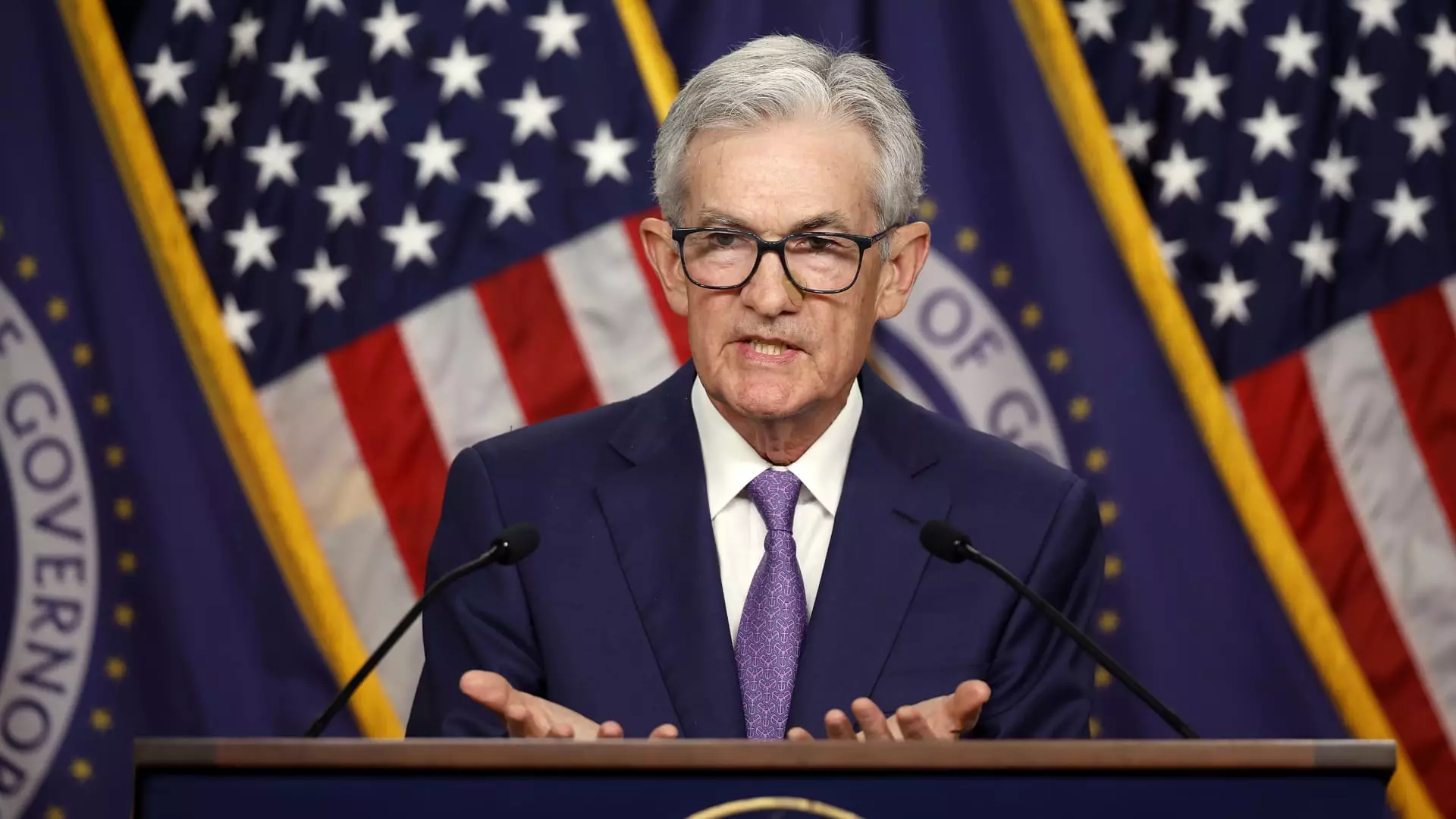Federal Reserve Chair Jerome Powell recently spoke at a central banking forum in Sintra, Portugal, where he expressed satisfaction with the progress on inflation over the past year. Powell acknowledged the efforts made in bringing inflation back down to the target rate and mentioned that recent readings indicate a disinflationary trend. However, he emphasized the need for more confidence in the sustainability of this downward movement before considering a reduction in interest rates.
The central banking forum, which featured prominent figures such as European Central Bank President Christine Lagarde and Brazil central bank Governor Roberto Campos Neto, highlighted the importance of global economic cooperation. With inflation easing in various regions and some central banks adjusting interest rates, market players are closely monitoring the actions of institutions like the Fed to gauge future monetary policy shifts.
Challenges and Considerations
While the Commerce Department’s personal consumption expenditures price index rose at a 2.6% pace in May, down from previous levels, policymakers are cautious about prematurely altering interest rates. Powell stressed the significance of avoiding hasty decisions that could disrupt the current downward trajectory of inflation, citing the potential risks associated with both early and delayed policy adjustments.
Market Expectations and Uncertainties
Market expectations regarding Fed rate cuts have fluctuated over time, with initial projections of six cuts diminishing to forecasts of two reductions by the end of the year. Despite speculation about a rate cut in September, Powell refrained from committing to a specific timeline during the forum. The uncertainties surrounding economic conditions and political influences, such as the upcoming November presidential election, also contribute to the complexity of decision-making within the Federal Reserve.
Powell’s remarks reflected a balanced approach to managing inflation risks while maintaining economic stability. He emphasized the importance of focusing on the Fed’s core responsibilities and responding to evolving economic indicators. As policymakers navigate challenges posed by inflation dynamics and external factors, the Fed remains committed to making informed decisions that support sustainable growth and financial resilience.

Leave a Reply